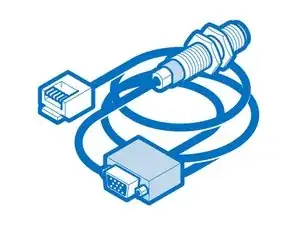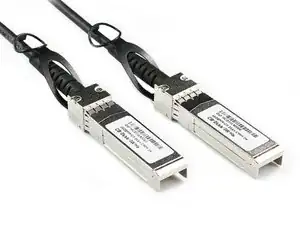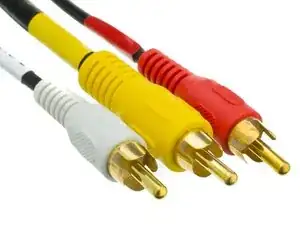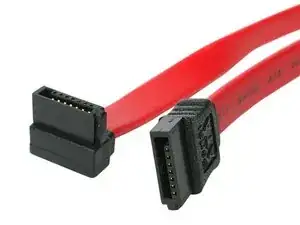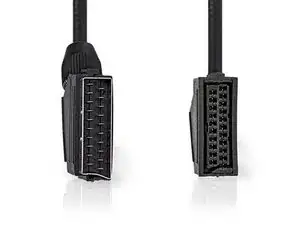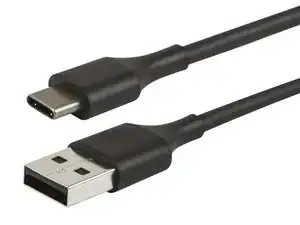Background and Identification
If you need to find out what type of cable you have, this guide from Digital Inspiration shows images of the most common cables and explains their uses. Another page, called “The Cable Bible,” offers a very in-depth explanation of every cable you’re likely to come across.
Cables are longs strands of conductive material used to transmit electrical signals between electronic devices. These signals are capable of providing power to a device, or can carry data for the transmission of information. Cables are traditionally made of metal, with a sheath of non-conductive plastic or rubber to insulate them. However, with the advent of fiber-optics, data transmission using light rather than an electrical signal has become possible using cables made of glass. Fiber-optic cables employ a core and sheath similar to an electronic cable, but with the two materials having differing refractive indexes to contain the light completely within the core.
Cables have a connector at each end which allows you to attach the cable to an outlet or to a device. These connectors usually have two distinct sides: one side, called the plug, sticks out and goes into the recessed side called the socket. The most basic and well known example is the power cable, which has a plug on one end which you put into the power socket or outlet. Since different countries use different electrical systems, there are many different power plug designs, including the NEMA connector in North America, BS 1636 in the United Kingdom, and CEE 7 in much of Europe and Russia. Sometimes these power cables are built in to a device, but in other cases they are detachable. The most common connector used for these detachable cables is called IEC 60320.
The IEC 60320 connector mentioned above is used to deliver alternating current electricity. Alternating current is the type of power found in your walls and on power lines across the world. Most devices like phones and computers, however, require direct current power. When you realize or not, most personal electronics use an adapter—usually a little rectangular box—to convert between the standards. You can replace a bad adapter, but you should gather a bit of information before you buy; see this guide from Banggood to find the right replacement.
Besides power, cables are also widely used to transfer data between devices. The most commonly used cable is the USB cable, first introduced in 1996. The end of a USB cable can take a few different forms, as shown on this identification chart from Wikipedia. USB cables can also carry some power, which is why you can charge a phone with a USB cable.
Ethernet cables are meant to transfer network data, such as cat pictures and web videos. The ends of Ethernet cables have a square plug with a small tab that keeps the cable connected once you insert it. Coaxial cables, also called “coax cables,” are also commonly used for network data, as they provide a connection from your house or business to your internet service provider.
